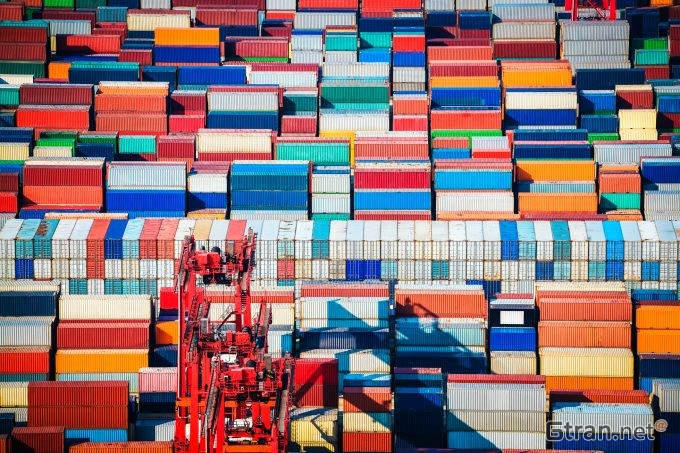Container leasing companies reported a slowdown in the return of boxes by ocean carrier customers in the second quarter, and say they are optimistic of a recovery in demand for equipment in the second half of the year.
Furthermore, the lessors stand to benefit from the 1.2m teu of newbuild tonnage stemmed for delivery before the end of the year, necessitating super-slow steaming, longer turnarounds for containers and a consequential requirement for upgrades in carrier equipment fleets.

Collectively, ocean carriers lease around 50% of the 54m containers they use on tradelanes around the world, so lessors are at the sharp end of supply and demand variations.
In fact, the top two lessors, Triton and Textainer, who between them have a market share of 41%, are both bullish on the outlook for H2.
“While market conditions in the second quarter remained slow overall, drop-off volumes decreased from the first quarter level and we experienced some pockets of demand,” said the CEO of Triton, Brian Sondey.
And a positive outlook for the liner industry – and thus for container leasing – was also the theme of Textainer’s Q2 earnings call on Tuesday.
Olivier Ghesquiere, its president and CEO, went further on what the company saw in terms of “higher ship loading”, as well as a “firming up of ocean rates on major shipping routes”.
He said: “There is growing optimism that August will see further ocean freight rate hikes, especially on the transpacific routes where ship utilisation has recently been much stronger.
“Our customers also expect inventory destocking in the US to come to an end, paving the way for the need to replenish inventory ahead of the winter holiday season. As such, our shipping line customers anticipate cargo volume to pick up in the second half of the year,” he added.
Then there is the armada of newbuild tonnage being delivered, with a record 300,000 teu of capacity hitting the water during June alone. Mr Ghesquiere views the huge orderbook as a significant positive for the container leasing industry.
“Essentially, they [carriers] are adding ships to their existing routes and, typically, where they were operating 10 or 11 ships on one route, they are adding one or two ships. They are then adding one or two stops along the round trip and slowing down the ships so they consume less fuel.
“The big benefit for us is that, essentially, if there are more ships in service and they’re sailing slower, it means it takes longer for the containers to move around, which means more containers are actually needed, and that is highly supportive to demand,” explained Mr Ghesquiere.
“I believe that as we recover from the current down cycle, we are going to see the effect of the increased cargo and additional ship capacity, and that is going to translate into demand for more containers over time,” he added.
According to the latest Container Census & Leasing Equipment Forecaster report from Drewry, the substantial fall in liner profitability this year is also likely to increase the demand for leasing equipment as opposed to purchasing containers.
based on Drewry predictions, the leasing sector is expected to increase its control of the container fleet to over 52% by 2027.


